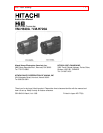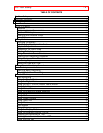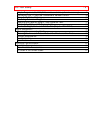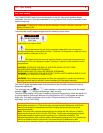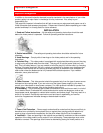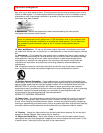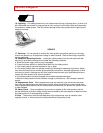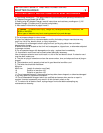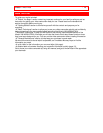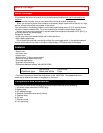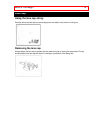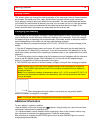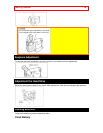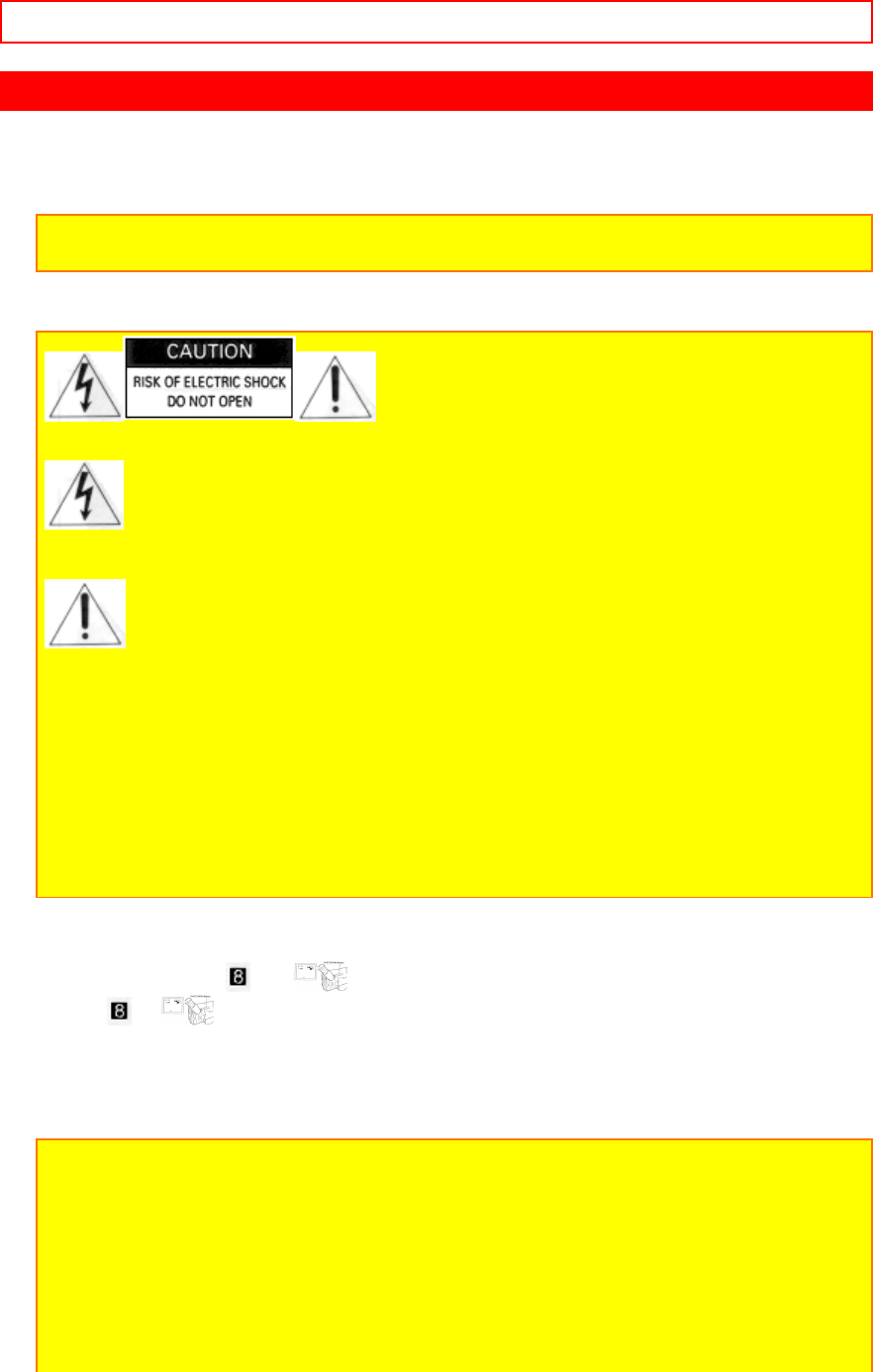
For Your Safety - 4 -
For Your Safety
The CAM/OFF/VIDEO switch turns the camcorder on and off, leaving the date/time feature
unaffected. If the unit is to be left unattended for a long period of time, turn the camcorder off and
attach the lens cap.
WARNING: TO PREVENT FIRE OR SHOCK HAZARD, DO NOT EXPOSE THIS UNIT TO
RAIN OR MOISTURE.
The camcorder and AC adapter/charger have the following caution marks.
Identifications of caution marks
This symbol warms the user that uninsulated voltage within the unit may have
sufficient magnitude to cause electrical shock. Therefore, it is dangerous to make any kind of
contact with any inside part of this unit.
This symbol alerts the user that important literature concerning the operation and
maintenance of this unit has been included. Therefore, it should be read carefully to avoid
any problems.
CAUTION: TO REDUCE THE RISK OF ELECTRIC SHOCK, DO NOT OPEN.
NO USER-SERVICEABLE PARTS INSIDE.
REFER SERVICING TO QUALIFIED SERVICE PERSONNEL.
WARNING: TO PREVENT FIRE OR ELECTRIC SHOCK, MATCH WIDE BLADE OF PLUG
TO WIDE SLOT, AND FULLY INSERT PLUG.
WARNING: Many television programs and films are copyrighted. In certain circumstances,
copyright law may apply to private in-home videotaping of copyrighted materials.
This Class B digital apparatus meets all requirements of the Canadian Interference-Causing
Equipment Regulations.
This camcorder can use
and video cassettes. It automatically determines the loaded
cassette is
or and records and plays it back correctly
The liquid crystal display (LCD) panel is made by highly precise technology. More than 99.99% of
its picture elements (pixels) are effective, but some (less than 0.01%) may appear as colored
bright dots. This does not indicate a fault as the LCD panel stretches the limits of current
technology. (only for VM-H720A)
Warning: This device complies with Part 15 of the FCC Rules. Operation is subject to the
following two conditions: (1) This device may not cause harmful interference, and (2) this
device must accept any interference received, including interference that may cause
undesired operation.
Note: This equipment has been tested and found to comply with the limits for a Class B
digital device, pursuant of Part 15 of the FCC Rules. These limits are designed to provide
reasonable protection against harmful interference in a residential installation. This
equipment generates, uses, and can radiate radio frequency energy and, if not installed and
used in accordance with the instructions, may cause harmful interference to radio
communications. However, there is no guarantee that interference will not occur in a



